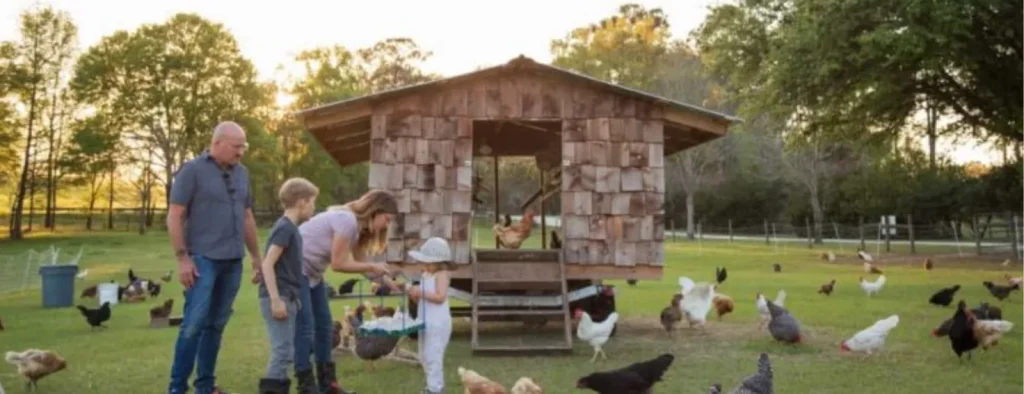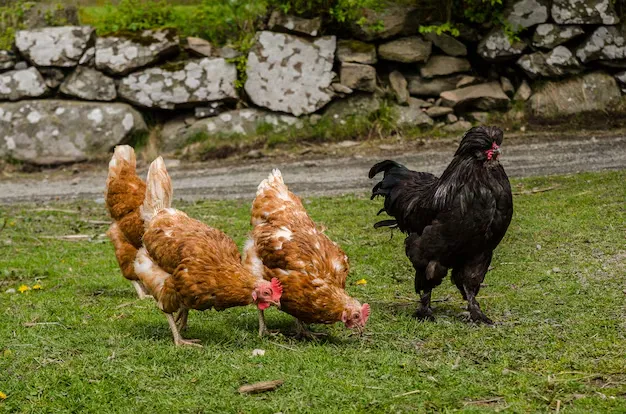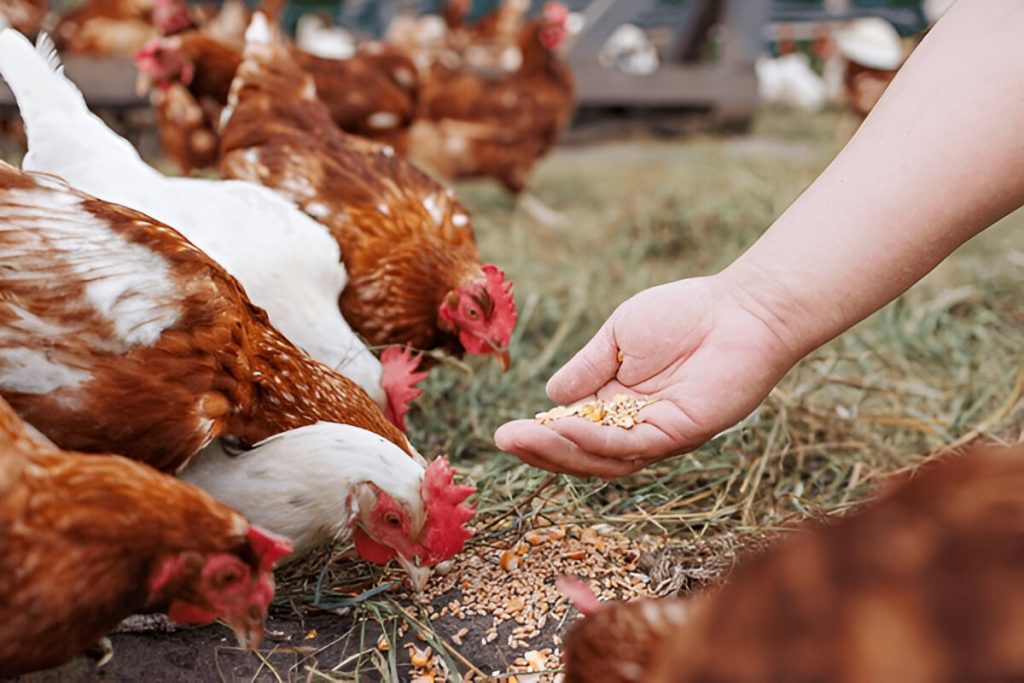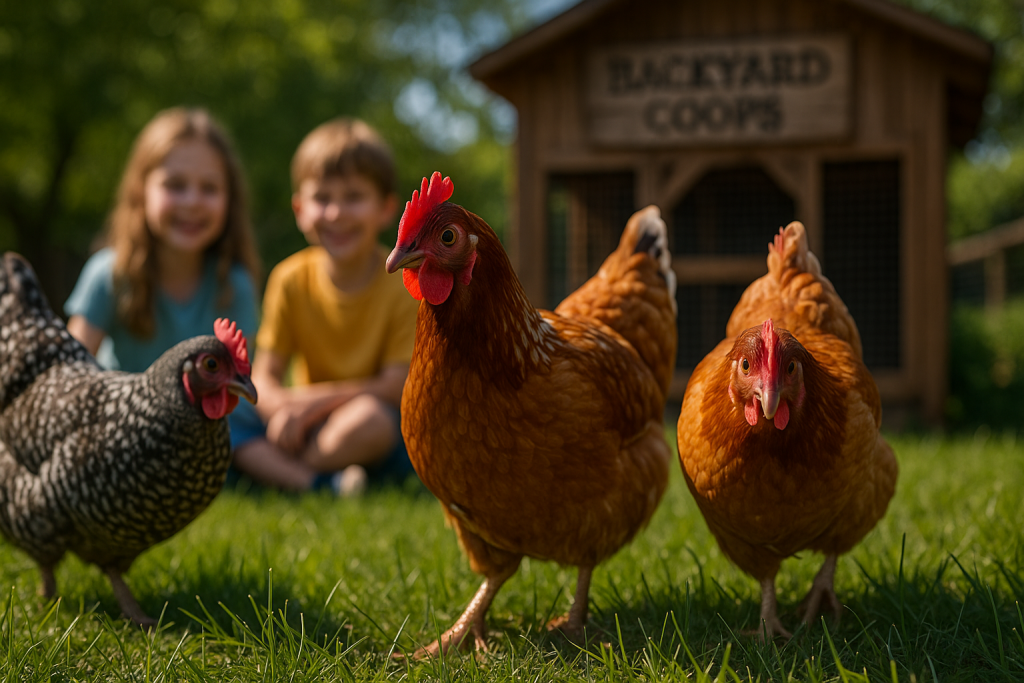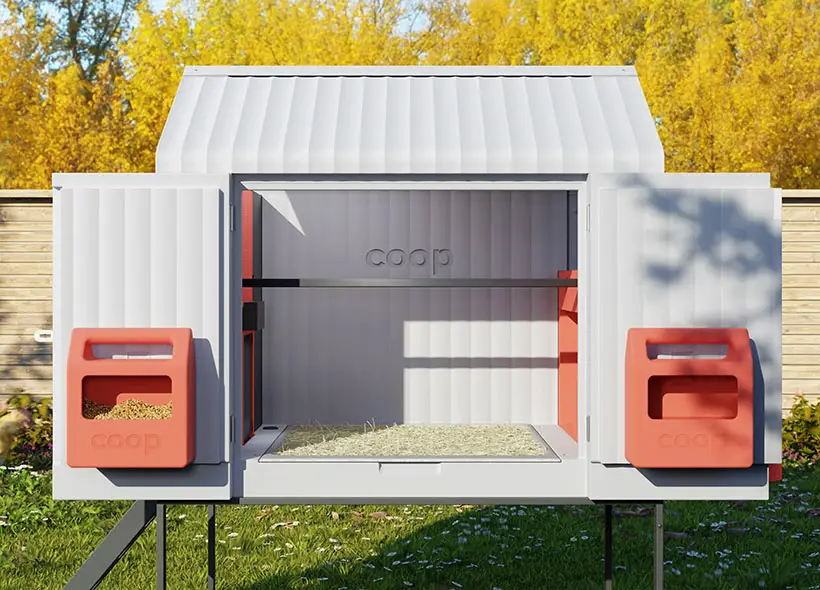You want a clear answer.
Sometimes Yes. Sometimes No
It relies on a few things you can change.
This guide will explain to you how to use those levers to get your eggs to beat shop costs.
The Quick Take
When your cost per dozen is less than the price on the shelf in your area, you save money.
There are five elements that matter: the coop, the feed, the lay rate, the losses, and the price of eggs in your area.
If you make those better, you win.
The Five Things That Affect Your ROI
1) Coop and setup
Make the build easy. A solid roof, ventilation, hardware cloth, and being lifted above the ground.
Don’t bother with nice additions that don’t help performance.
Buy it once. Predator-proof beats fixing birds and running later.
2) Food
Pick a layer feed that you can get in your area.
To keep trash to a minimum, keep it dry and safe from mice.
When it’s cheaper per bag, buy in bulk with friends.
It’s okay to have treats. Treats are not food. Don’t use scraps instead of food.
3) The number of eggs a hen lays each year
Choose breeds that are peaceful, industrious, and work well in your area.
In the summer, give shade, and always let air flow.
If local restrictions allow it, light in the winter keeps laying steadily.
Better eggs come from clean water and more food.
4) Breakage and losses
Use enough nest boxes with lips or curtains to keep pecking and breaks to a minimum.
Pick up eggs once or twice a day.
Teach your hens to come back to the coop at night.
Close up the gaps. Predators quickly take your “egg income.”
5) The price of eggs in your area
The pricing in your city is what you need to beat.
Don’t read the headlines; watch the advertisements.
You need a tighter structure to win if stores have cheap sales all the time.
How to Get Backyard Eggs Cheaper Than Store Eggs
Make the flock the right size. Begin with how many hens your family actually eats.
Set the run. Shade and dry ground equal steady laying and steady eating.
Nests that work. One box for every three to four chickens, with bedding that protects the eggs.
Feed that doesn’t squander anything. Feeder with a treadle or a height-set. No open trays.
Routine is better than drama. Same time to eat, same time to lock up, same time to clean.
Get rid of the money leaks. People who eat eggs all the time, people who run away all the time, and people who don’t lay eggs all the time.
Three Easy Ways to Go (Choose One)
Budget Path
Build a coop yourself with basic supplies.
Local standard feed.
Breeds that are useful and produce steadily.
Goal: always beat the average costs in stores.
Middle path
A pre-made coop with an automatic door for consistency.
Normal feed, bulk purchases, and only adding extras as necessary.
Goal: easy to care for and a fixed cost per dozen.
Premium/Luxury path
Organic feed, good air flow, and a bigger run.
Heritage or rare breeds.
Goal: eggs that taste good, are good for you, and may be sold or given to friends, not the cheapest dozen.
Mistakes That Make Your Costs Go Up
A coop that is too big for a small flock.
Cute but weak runs that raccoons and dogs love to visit.
Feed getting wet or spilling it.
Buying breeds purely for their beauty and low lay rates.
Hoping scraps will take the place of feed. They won’t.
Simple Decision Flow
Do you have a safe run, shade, and air flow?
Yes, keep going.
No, fix that first.
Is it possible to buy feed locally at a set price?
Yes, keep going.
No, costs will change. Get ready for it.
Are you alright with collecting and locking up every day?
Yes, chickens can win.
No, convenience might be more important than savings.
Do you eat eggs every week?
Yes, flock makes sense.
No, think about keeping a smaller flock or only keeping them for a season.

